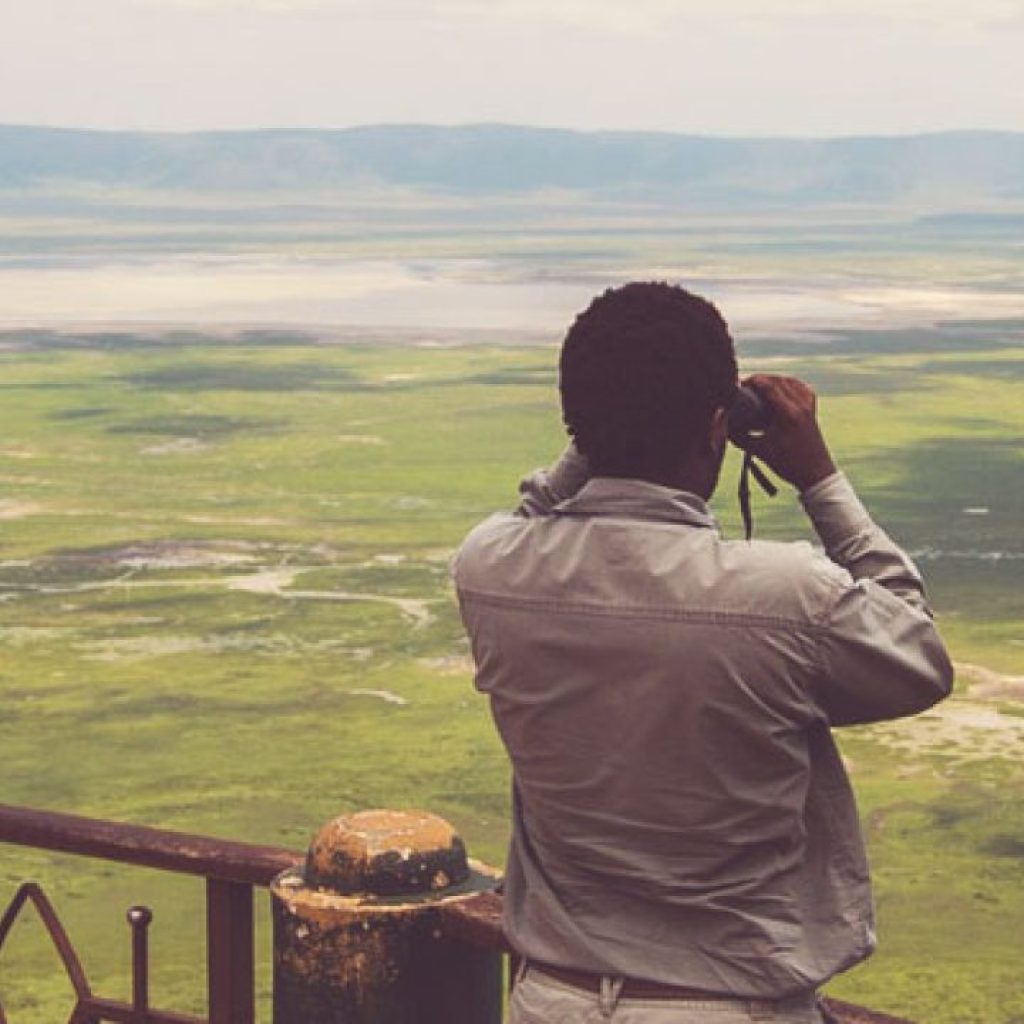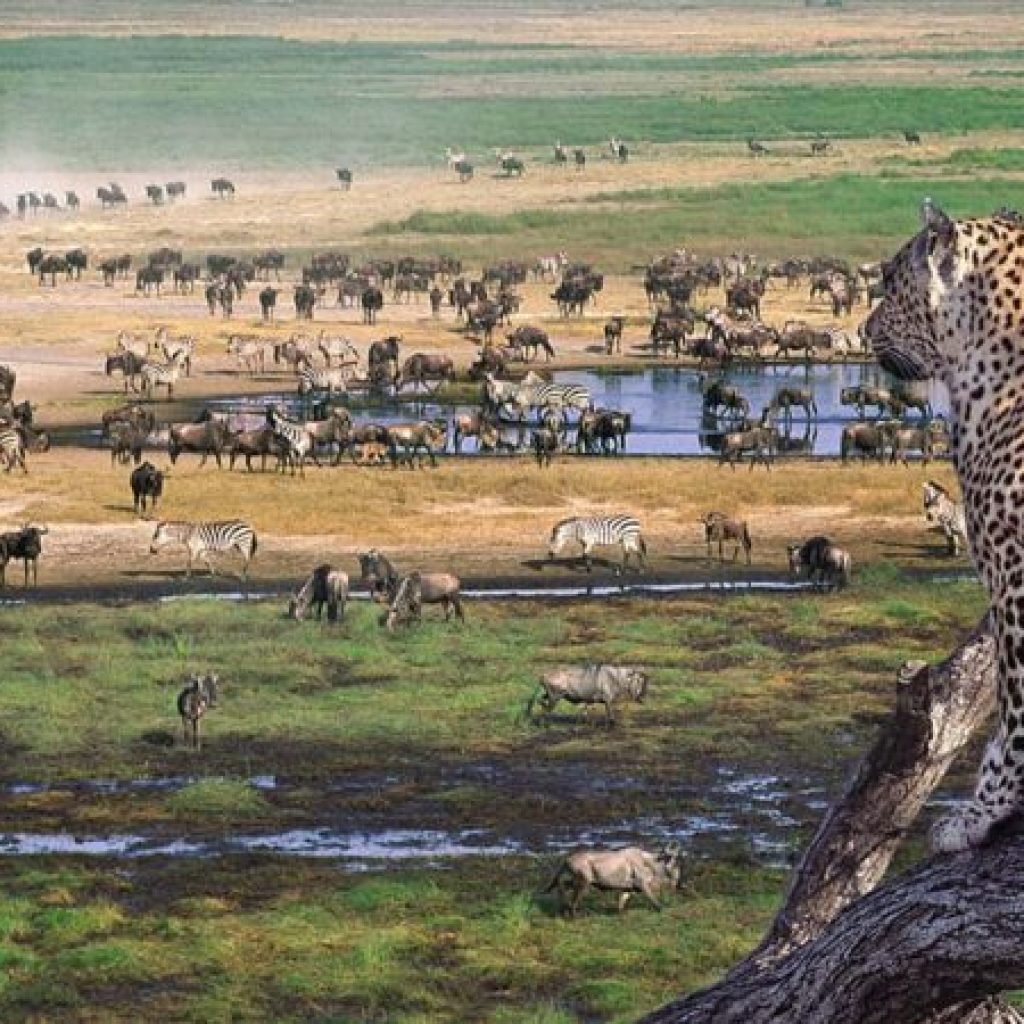Originally part of Serengeti National Park, the Ngorongoro Conservation Area (NCA) was established as an independent protected region in 1959. This remarkable area, managed by the Ngorongoro Conservation Area Authority (NCAA), is dedicated to preserving its unique ecosystems and cultural heritage, promoting it as one of the world’s premier tourist destinations.
Under the management of NCAA, Ngorongoro has grown into a world-renowned site that offers exceptional experiences for tourists, researchers, and conservationists alike. With its UNESCO World Heritage status, awarded in 1979 for both natural and cultural significance, the NCA supports rich biodiversity, including numerous threatened species and the iconic migration of wildebeests, zebras, and gazelles.
The NCAA’s efforts extend beyond preservation, fostering a harmonious environment where Maasai communities coexist with the thriving wildlife. This unique multi-use approach ensures the conservation of both nature and local heritage, further positioning Ngorongoro as an ideal travel destination. Support from Tanzania’s Ministry of Natural Resources and Tourism bolsters NCAA’s mission, with continuous policy and resource assistance facilitating effective management.
Ngorongoro Crater: Africa’s Largest Intact Caldera

At the heart of the Ngorongoro Conservation Area lies the spectacular Ngorongoro Crater, Africa’s largest intact volcanic caldera and home to over 25,000 animals, including the iconic “Big Five.” This natural basin offers unparalleled wildlife viewing, with elephants, lions, rhinos, buffaloes, and leopards inhabiting its lush ecosystem. Formed around 2.5 million years ago, the crater spans nearly 20 kilometers across and plunges 610 meters deep, featuring diverse habitats like grasslands, rivers, and woodlands. Its unique topography allows wildlife to roam freely, providing tourists with close encounters of Tanzania’s vibrant wildlife.
Geologically, the crater formed when a massive volcano erupted and collapsed inward, creating the “Big Bowl” that early settlers referred to as “Ngorongoro.” It remains an accessible wildlife haven for travelers and a place where local heritage is preserved.
Ndutu Plains: Wildlife Migration and Predator Habitat

Located on the southern boundary of the Serengeti, the Ndutu Plains are famed for their role in the Great Migration, with wildebeests, zebras, and gazelles gathering here seasonally. This area’s vast grasslands, woodlands, and seasonal lakes are a magnet for wildlife, especially during the calving season between December and April. Known for its excellent predator sightings, Ndutu offers visitors a prime location to witness the cycle of life as young animals are born and predators like lions and cheetahs prowl.
Empakai Crater: A Hidden Gem with Flamingoes
Empakai Crater, another marvel within NCA, boasts steep, forested cliffs surrounding a deep soda lake covering most of its floor. At over 3,000 meters above sea level, the crater’s rim offers panoramic views, including sights of the Great Rift Valley and nearby Lake Natron. Visitors to Empakai can enjoy hiking trails along the crater rim or down to the lake, where they may encounter flamingoes and other bird species.
NCA: A Model for Sustainable Conservation
The NCAA’s conservation work exemplifies a balance between preserving biodiversity and supporting local Maasai communities. Beyond its natural wonders, NCA stands as a vital educational and research hub, drawing global attention to the importance of ecological and cultural conservation.


